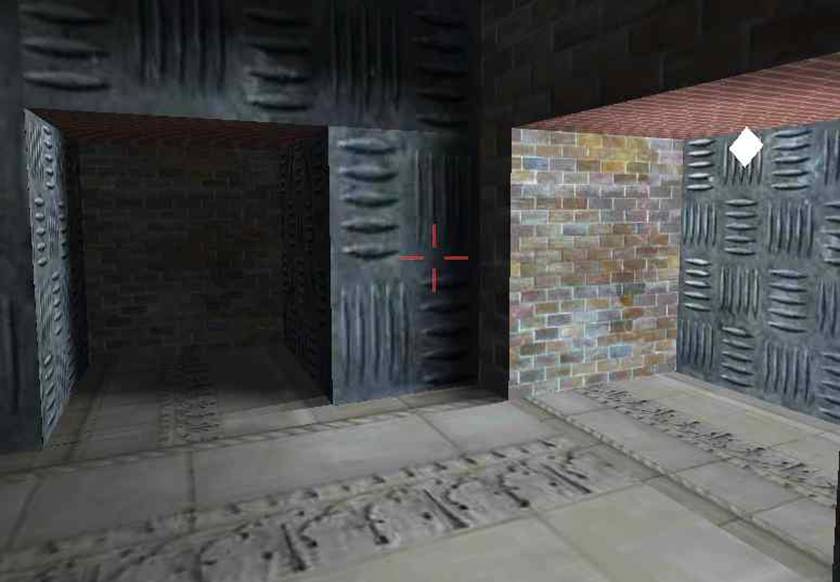Following my recent post in the WIP section.
http://darkbasicpro.thegamecreators.com/?m=forum_view&t=30216&b=8
I decided to take on the challenge of adding light mapping to my level editor.
This obviously is no easy challenge to take on, so I'm in need of some help. Spending hte majority of my day at flipcode, I've learned alot. (And from reading a few prior posts on lightmapping)
First and formost, if anyone has Kevil's lightmapping program please send it here.
[email protected] (If not I guess I'll have to bother Kevil)

Alright, now the objective.
Create something like this.

I've got a simple fundamental of lightmapping using the lightmapping command.

I'm really a little confused about how to create a scene as above. Do I understand correctly that I have to use 2 objects, 1 being ghosted and lightmapped to make something like the above?
Ideally what I'm aiming for, is to go into my editor, place a light source and have the walls/floor/roof effected by the light source.
So how should I approach this?
I've got a few ideas....
1.) Make a plain and set the gamma&transparency really high so it appears to be light/dark.(Probebly would be hard and inefficient)
2.) Make two of every object. Then ghost and lightmap the second object. Objects are ghosted based on how close they are to the light source.
Perhaps I'm going the wrong way, maybe I already did something right but didn't know it. I'm looking for some ideas and your input will be valued.
Thanks for your help, I'll post on my updates and plenty of screenshots.

A book? I hate book. Book is stupid.
(Formerly known as Yellow)
